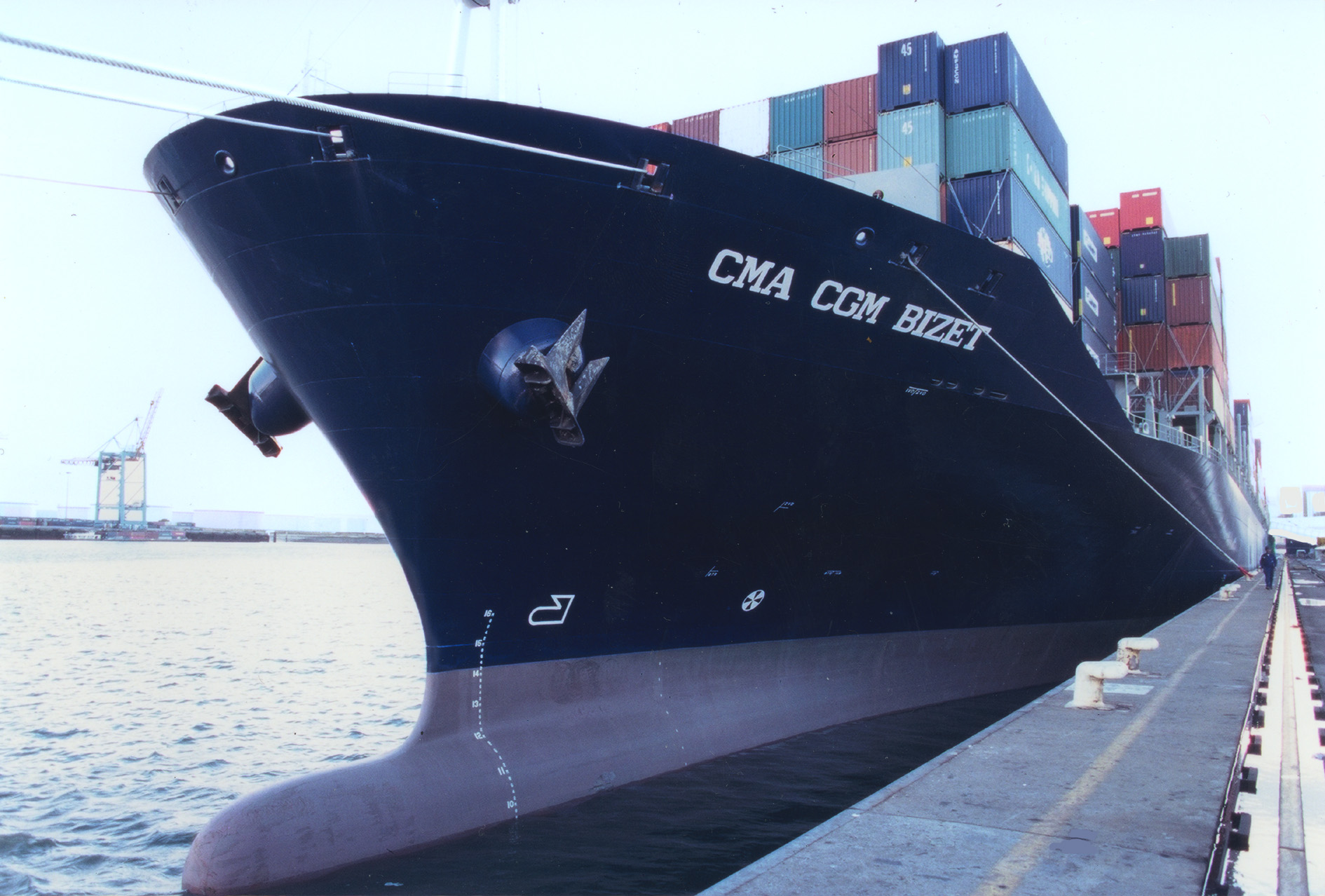Damage Stability
In 2006, MSC 82 adopted comprehensive amendments to SOLAS chapter II-1 in relation to subdivision and damage stability requirements in order to harmonize the provisions for passenger and cargo ships. The revision of SOLAS chapter II-1 was intensively debated over the past decade by the SLF Sub-Committee, based on the "probabilistic" method of determining damage stability, which is different from the previously used "deterministic" method.
 However, although the method is different, the objective of both methods is the same as, i.e. “Ships shall be as efficiently subdivided as is possible having regard to the nature of the service for which they are intended. The degree of subdivision shall vary with the subdivision length of the ship and with the service, in such manner that the highest degree of subdivision corresponds with the ships of greatest subdivision length, primarily engaged in the carriage of passengers.”
However, although the method is different, the objective of both methods is the same as, i.e. “Ships shall be as efficiently subdivided as is possible having regard to the nature of the service for which they are intended. The degree of subdivision shall vary with the subdivision length of the ship and with the service, in such manner that the highest degree of subdivision corresponds with the ships of greatest subdivision length, primarily engaged in the carriage of passengers.”
The deterministic regulations for passenger ships in SOLAS were such that, based on the assumed damage scenario (i.e. one-compartment or group of compartments flooding) according to the ship’s factor of subdivision (function of length, number of passengers and other elements), the maximum permissible length of a compartment (between two adjacent bulkheads: subdivision) is obtained, which should ensure the ship remains afloat and stable.
The probabilistic requirements are such that the attained subdivision index A (A=Σpisi), calculated as the summation of pi (the product of the probability that the one compartment or group of compartments under consideration may be flooded) by the si(probability of survival after flooding of the compartment or group of compartments in question), is not less than the required subdivision index R (function of length).
The damage control plan and damage control booklet, which are required by SOLAS regulation II 1/19, are intended to provide ships’ officers with clear information on the ship’s watertight subdivision and equipment related to maintaining the boundaries and effectiveness of the subdivision so that, in the event of damage to the ship causing flooding, proper precautions can be taken to prevent progressive flooding through openings therein and effective action can be taken quickly to mitigate and, where possible, recover the ship’s loss of stability.